It always used to be ‘what’s the best car you’ve driven?’, but it’s not any more. Today, the question I get asked more than any other is ‘how do I become a motoring journalist?’.
It’s understandable. Post-Covid, and especially for young people, the workplace ain’t what it used to be. With inflation high, the prospect of home ownership more remote than ever and large periods of your working life spent at home alone, it’s tempting to want to escape to a world populated by fast, beautiful cars in sun-soaked locations.
But before I answer the question, allow me to pose another: should you become a motoring journalist?
When I was a lad (and he hates it every time I mention it), motoring journalists like Steve Cropley were movie stars to me. I never thought of being one myself, because I knew I wasn’t worthy. How it happened anyway is too long and boring a story to repeat here. And while I know every generation tells the next that ‘things aren’t what they used to be’, in this case it really is true.

Some things have stayed the same, or at least similar. It is not now, nor has it ever been, for instance, a business to enter for those wanting to get rich quick – or at all. For every Jeremy Clarkson, there are hundreds and, around the world, thousands for whom earning a living this way means accepting that while you may make enough to get by, there will be few occupations indeed where your quality of life is at more significant variance to your standard of living. But yes: at least for some car hacks, motor noters, muttering rotters or whatever else you want to call them, there are still fast cars out there, exotic launch locations and so on. At least if you’re a road tester or similar.
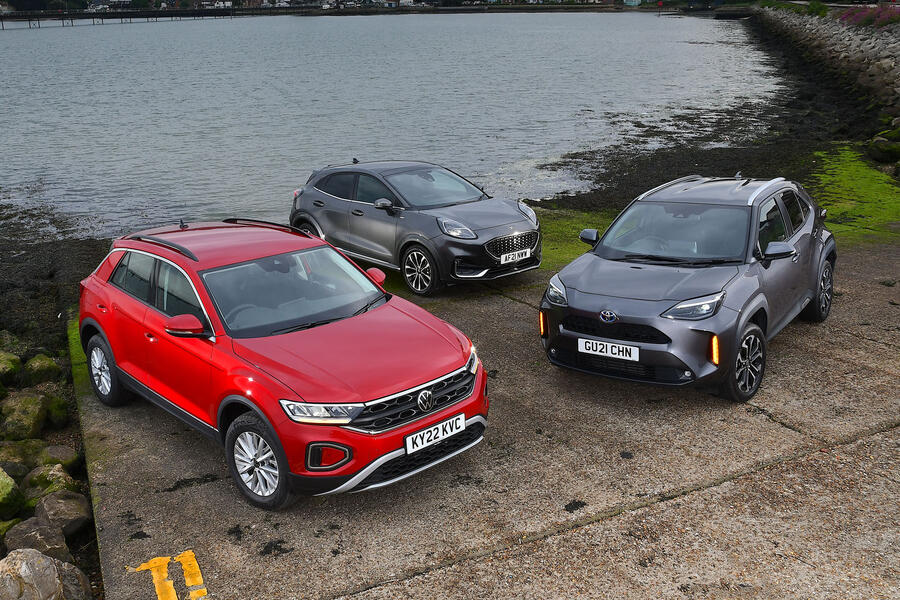


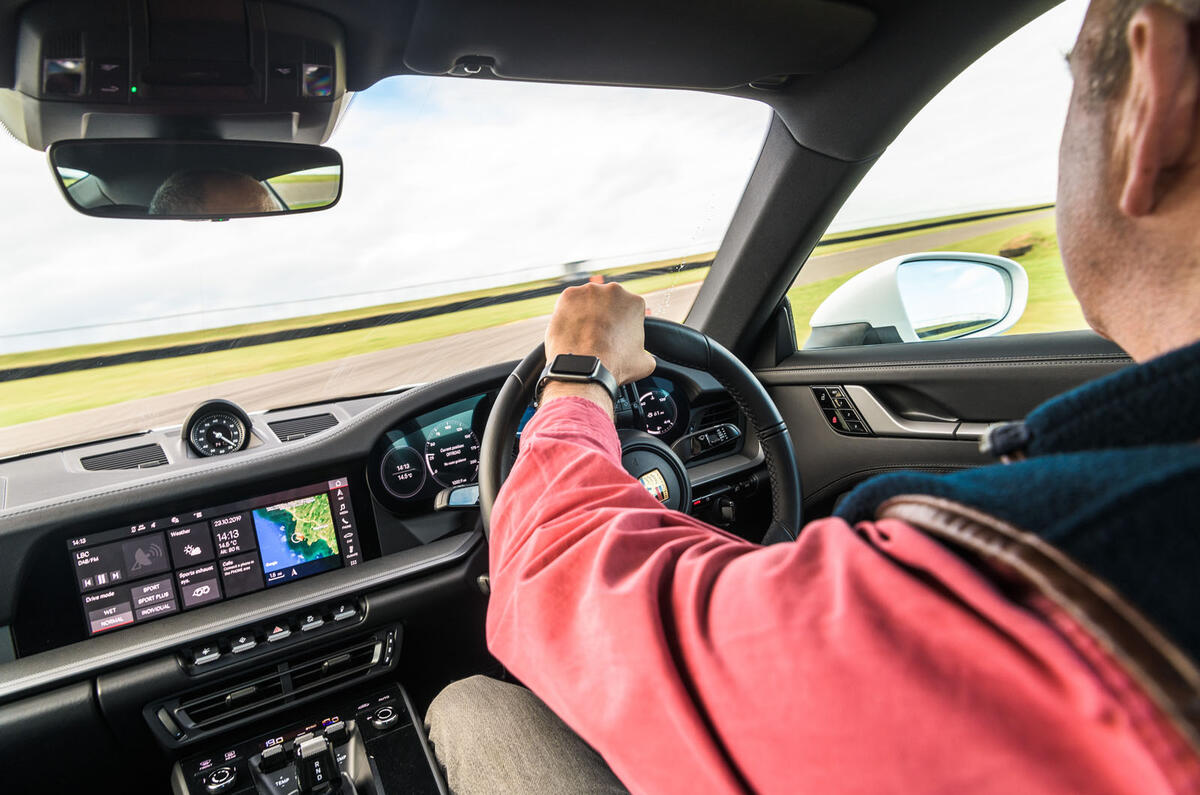


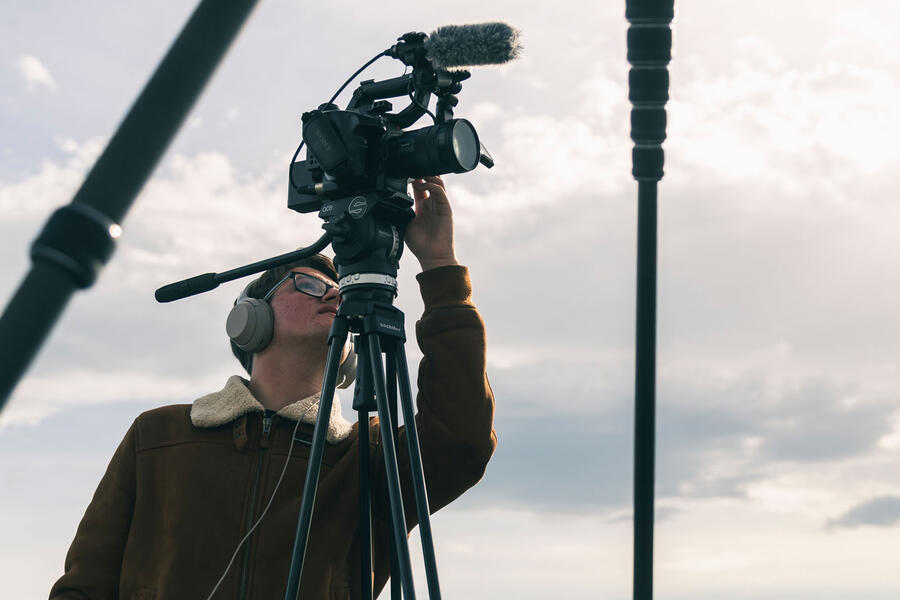
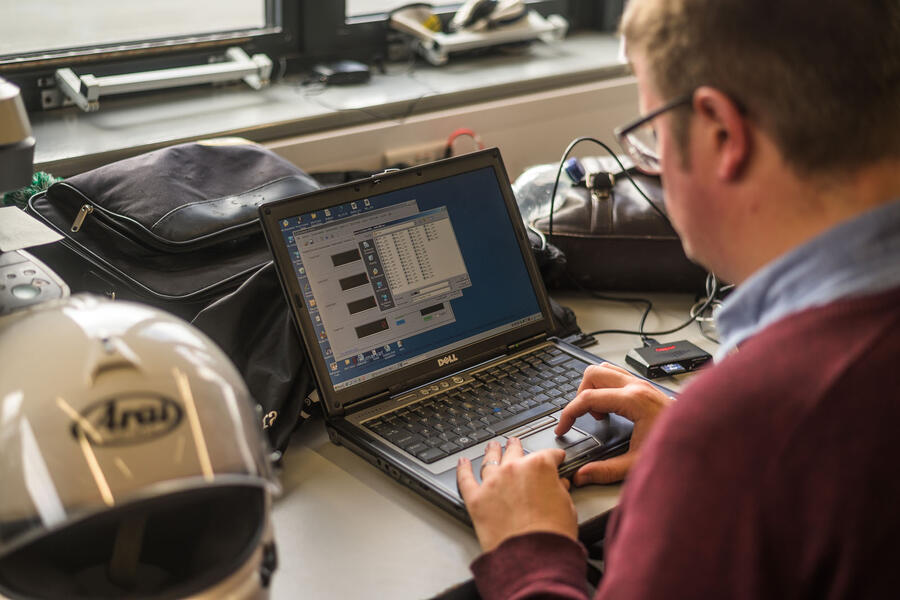
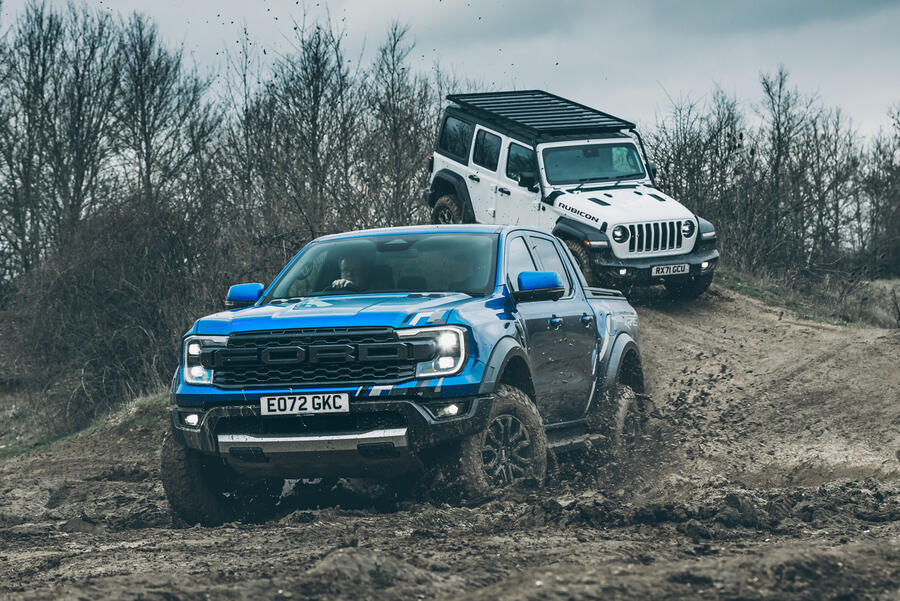
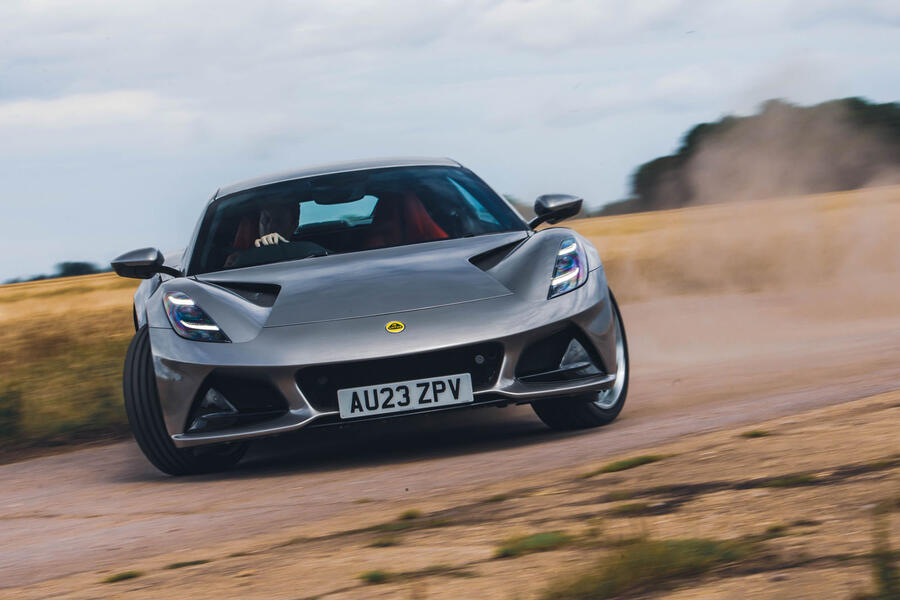

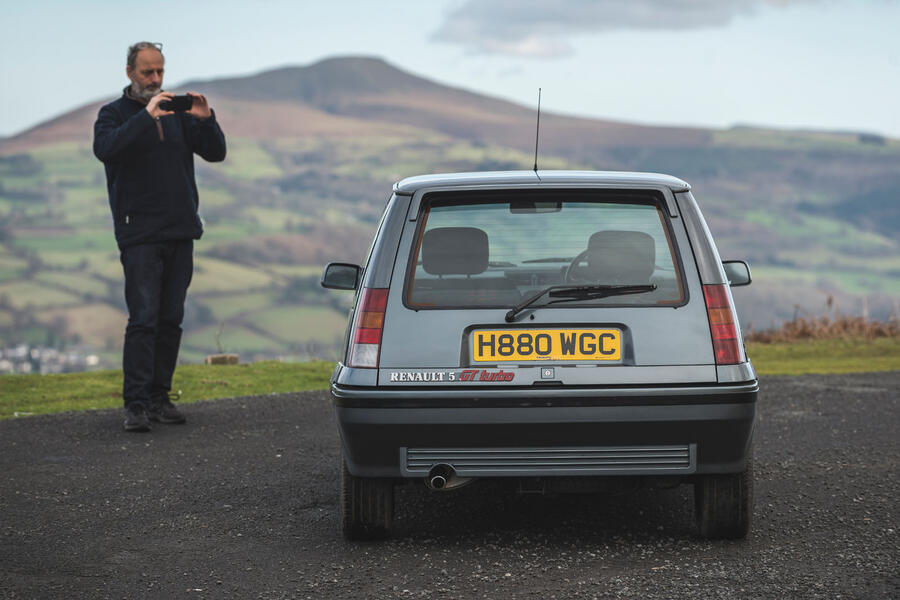
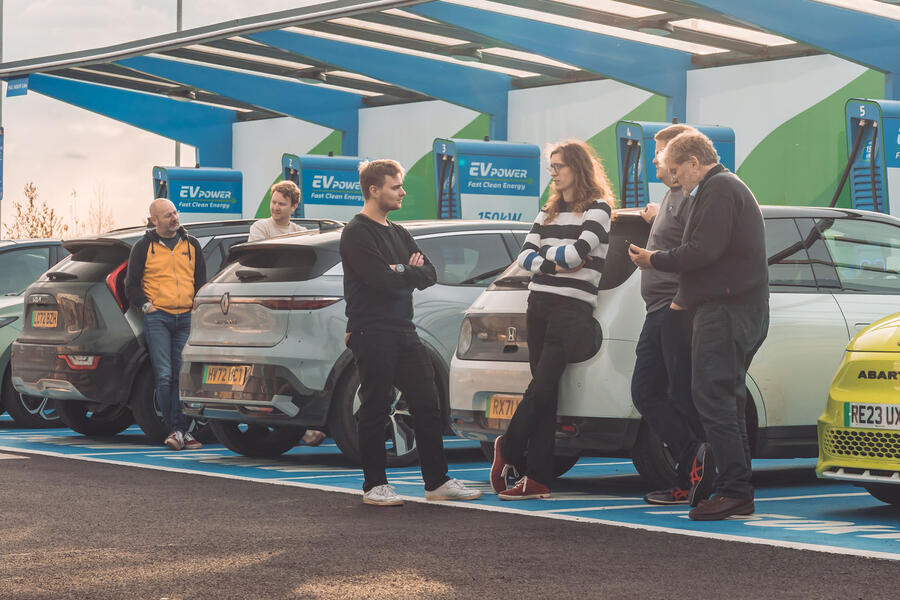

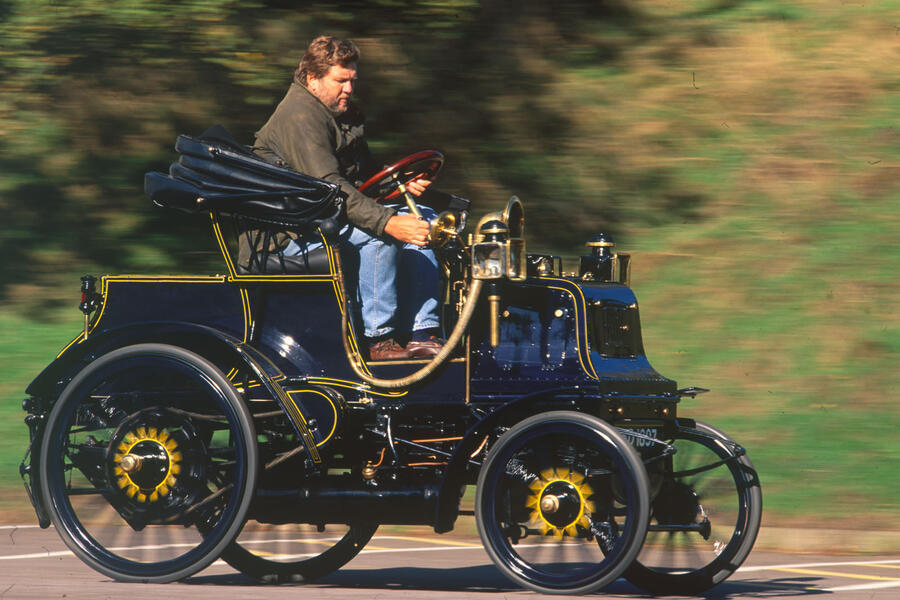
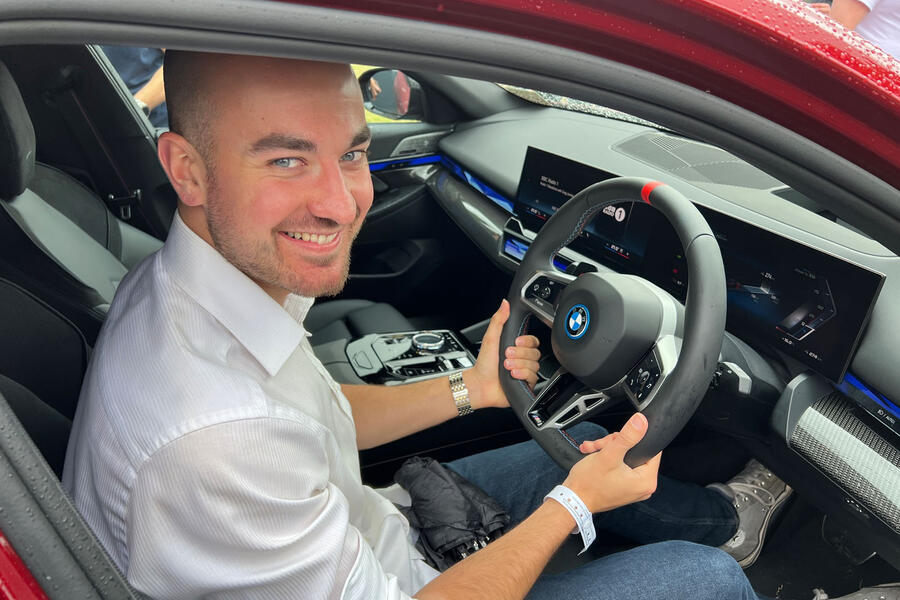
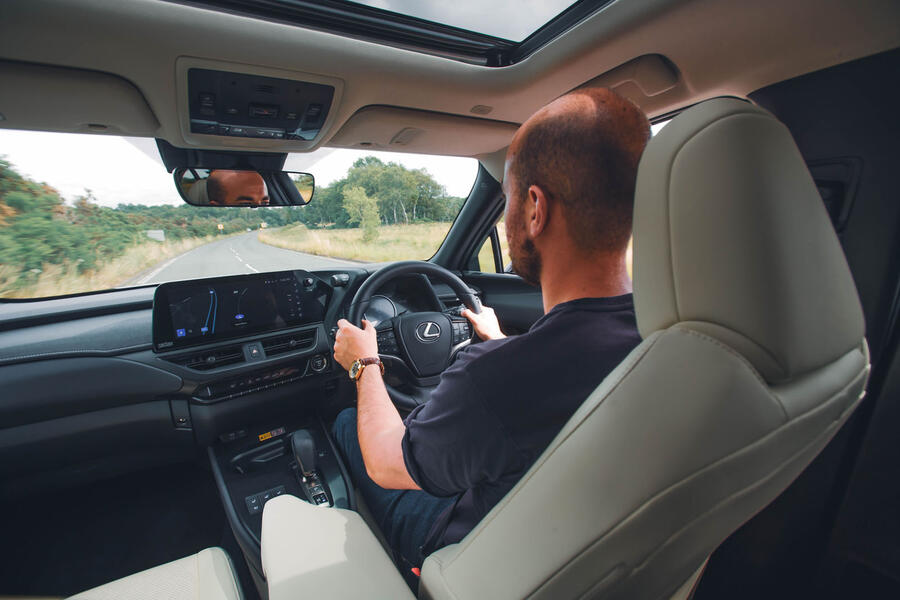
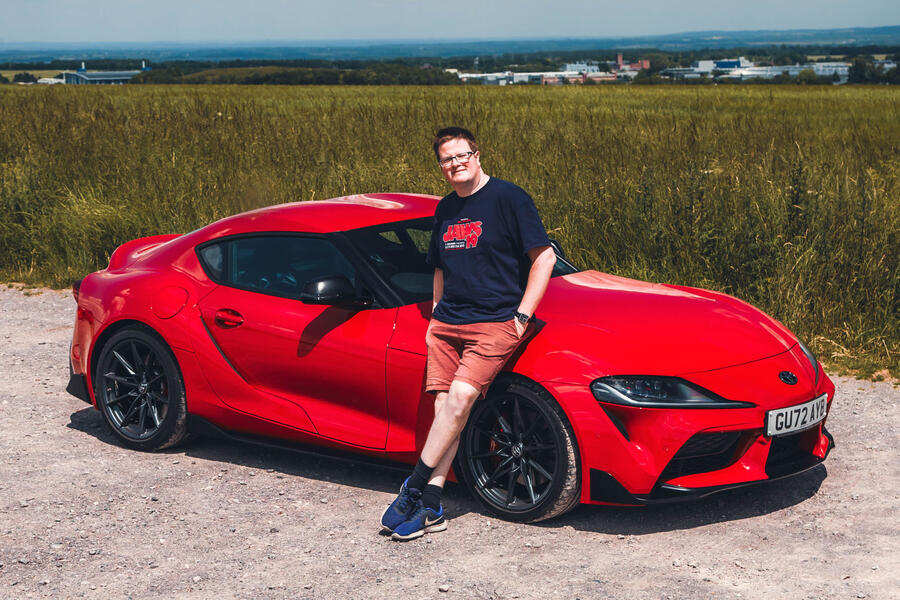
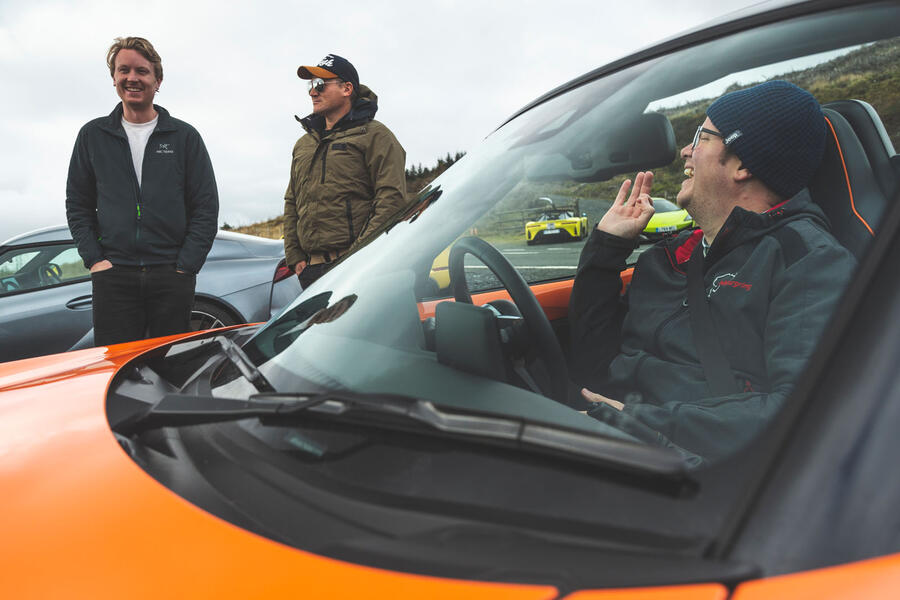


Join the debate
Add your comment
Motoring journalism was an itch I had to scratch so when I turned up at Autocar in autumn 2003 it was to volunteer for work experience for 3 weeks and see where that led, if anywhere.
I had recently been redundant and here was an opportunity. It was great to see it from the inside working alongside Tim Pollard on the news desk and Chris Chilton road testing. I drove a Clio V6, the RX-8, Focus and Avensis Estate (oooh!).
However, as I was cleaning a car down for photos one dank, misty autumnal morning I did wonder whether this was a worthwhile use of my Automotive Engineering degree.
Anyway, turns out I didn't have the talent and some bloke called Matt Saunders had already got the gig. And I got back into new car development so alls well that ends well.
With a couple of notable exceptions, the current crop set an extremely low bar. Obviously, and most importantly, demonstrate that you can drive sideways a little bit and refer frequently to techniques like trail braking. Clearly, might gain you a tenth at Spa, but not massively pertinent for a prospective buyer of a Bentayga hybrid.
Gormless oiks living the dream in cars they'd never afford, treating them in a way they never would if they'd actually bought them themselves.
Saunders et al a dying breed and I certainly won't mourn theiir passing.
Sorry to put a damper on all this, but I wouldn't have thought getting into motoring journalism at this point in time was the most future-proof of career decisions. We are in a world where the choice of different models is reducing all the time, unless you want something SUV related of course, and as we move towards autonomous vehicles, who will care what type of car you have if it does the driving for you anyway? On top of this, we all know that the young generations just aren't all that interested in cars and motoring like they used to be.
There are so many 'everyday' people reviewing cars now on the internet, probably as a sideline, that I wonder how many people actually look at the more traditional resources. I also wonder whether motoring journalists actually have much freedom to write their opinions nowadays, so many of the articles I read pussyfoot around the manufacturers and appear just like mildly regurgitated press releases. The golden age of honest, critical motoring writing has long gone.